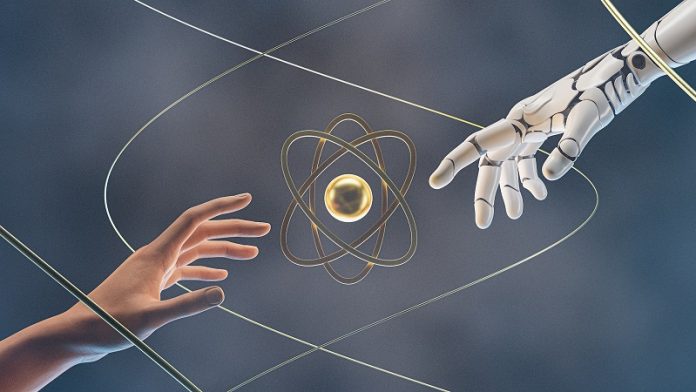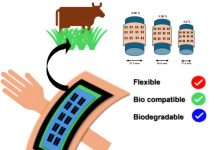
In the world of magnetic materials, tiny particles called electrons play a crucial role. Imagine these electrons as tiny spinning tops.
Their spin, a property much like the spinning action, is key to how magnetic materials behave. At JILA, a research institute, scientists led by Professors Margaret Murnane and Henry Kapteyn have made an exciting breakthrough in understanding and controlling these spins.
Their work could change how we think about electronics and data storage in the future.
The JILA team, collaborating with universities from Sweden, Greece, and Germany, focused on a special type of material known as a Heusler compound.
This material is a mix of different metals but acts like a single magnetic entity.
The specific compound they studied was made of cobalt, manganese, and gallium.
It had an interesting property: it conducted electricity for electrons spinning in one direction (upwards) but acted as an insulator for electrons spinning in the opposite direction (downwards).
To explore this material, the researchers used a special kind of light called extreme ultraviolet high-harmonic generation (EUV HHG).
Think of it as a very precise flashlight that lets them see how electrons spin inside the material.
They excited the compound with a femtosecond laser, a laser that flashes incredibly quickly, causing changes in the material’s magnetic properties.
The unique part of their research was how they adjusted the color of the EUV HHG light, which allowed them to observe changes in electron spins very accurately, down to incredibly short time frames.
Sinéad Ryan, a JILA graduate student and co-first author of the study, highlighted that their method of changing the color of the HHG light to study each element in the compound was a significant first in the field.
They also varied the power of the laser used, adding another layer of precision to their experiments.
The team worked with theorist Mohamed Elhanoty from Uppsala University, who helped them compare their experimental data with theoretical models. Their findings closely matched, setting a new standard for such research.
The process of studying the spins involved creating high-energy light bursts by focusing a laser into a tube filled with neon gas. This light was then tuned to resonate with the energies of cobalt and manganese in the sample, letting the scientists measure very specific spin dynamics and magnetic behaviors.
What makes this study fascinating is how it shows the competition between different spin effects in the material. They used a complex model called time-dependent density functional theory (TD-DFT) to understand how a cloud of electrons in the material changes over time.
According to this model, different spin effects – like spin flips (changes in spin orientation) and spin transfers (movement of spins between elements) – dominated at different times.
This understanding helps in manipulating spins to enhance the material’s magnetic and electronic properties.
Ryan explains that their research ties into the concept of spintronics, an advanced form of electronics. Unlike traditional electronics, which use only the electron’s charge, spintronics also leverages the spin, potentially leading to faster and more efficient devices with less resistance and heat production.
The success of this study lies in the strong agreement between theory and experiment, a result of the close collaboration among the researchers. This insight into the spin dynamics of Heusler compounds is just the beginning.
The JILA team is excited to continue their research, exploring how light can be used to manipulate spins in other materials, potentially paving the way for advanced, more efficient electronic devices.
Follow us on Twitter for more articles about this topic.



